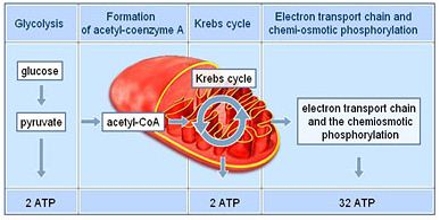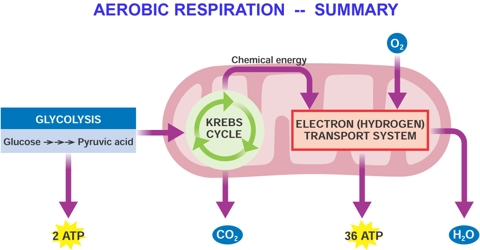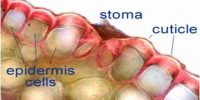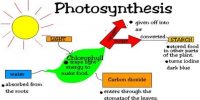In aerobic respiration, glucose is oxidized by oxygen and with the help of different enzymes. It is the process of producing cellular energy involving oxygen. The first step in is glycolysis, the second is the citric acid cycle and the third is the electron transport system.
The oxidation of glucose occurs in four steps:
- Glycolysis
- Formation of Acetyl-Co-A
- Kreb’s cycle
- Terminal oxidation

Glycolysis: In this step, one molecule of glucose is oxidized with the help of different enzymes to form two molecules of pruvic acids.
Formation of Acetyl-Co-A: In this step 2-carbon pyruvic acid is oxidized in presence of O2 to form 2-carbon acetyl-co-A and one molecule of CO2 evolved as a by product.
Kreb’s cycle: Acetyl-Co-A produced to the second phase being oxidized through Kreb’s cycle produces O2 and water.
Terminal oxidation: NADPH2 Produced from different steps Kreb’s cycle is transferred through an electron transport system and forms water by the addition of O2.














